Photographer Justin Bettman encapsulates the most surreal, bizarre and beautiful renditions of everyday activities. With inimitable imaginings, he melds a bit of whimsical with an uncanny sense of quirkiness and a hint of despair. Paired with the richness and vibrancy of his technique, his photos offer a resounding impression leaving viewers aching for elucidation.

Justin Bettman: William Spencer
“Whatever I make, I want to make the viewer feel something,” Bettman states.
With a number of inspirations including music, Wes Anderson, Ryan Schude, Gregory Crewdson, Philip Lorca DiCorcia, and Jamie Travis, Bettman aspires to evoke an emotion whether it’s “despair, happiness, sympathy, or anger.”

Justin Bettman: Couch
Printed in various publications including regularly in NYLON Magazine, Bettman began with a borrowed camera from his dad in high school. Shooting bands wearing pieces from his clothing company, he considered moving into a career of photographing bands on tour. From there, he slowly shifted into the fine art and commercial photography industry. Now, in addition to shooting freelance for various music and editorial clients in New York and Los Angeles, he is also an Art Director at international ad, PR and marketing firm, Ogilvy and Mather, where he works on Coca-Cola, Fanta, and IKEA.

Justin Bettman: Supermarket
“I am a very technical thinker so of all art forms, photography really drew me in. Lighting is especially technical and actually very mathematical.”
Prior to his move to New York, Bettman focused on The Bagel Project for a year in Los Angeles, where he sought out the homeless; and in return for a bagel, received stories of the common people. Through giving a “voice to voiceless,” he found that many desired a friend to talk to rather than food; that rather than being a piece of the city, blended into the walls and the pavements, they wanted to be acknowledged, heard, and understood. For the series, Bettman amassed fascinatingly detailed photos of these transient beings in their day-to-day.

Justin Bettman: The Bagel Project
His most current series, “dark,” though may be solely named after lighting selection, features a number of individuals in a corresponding state of discomfort, lamentation and questioning. With a unifying sensation of dissatisfaction, the set, delving into insecurities, let downs, and solitary experiences, proves to be both captivating and anxiety inducing.

Justin Bettman: Eating Alone
Moving forward, Bettman plans to shoot on larger soundstage sets. However, with vivid ideas impeded by a difficulty in finding a suitable location, he intends to build the sets he envisions.
He states, “Just be you and do it for you. Don’t do it for anyone else.”
Something interesting about him that no one else knows?
“I enjoy unicycling more than biking.”

Justin Bettman with Ryan Schude: Red House

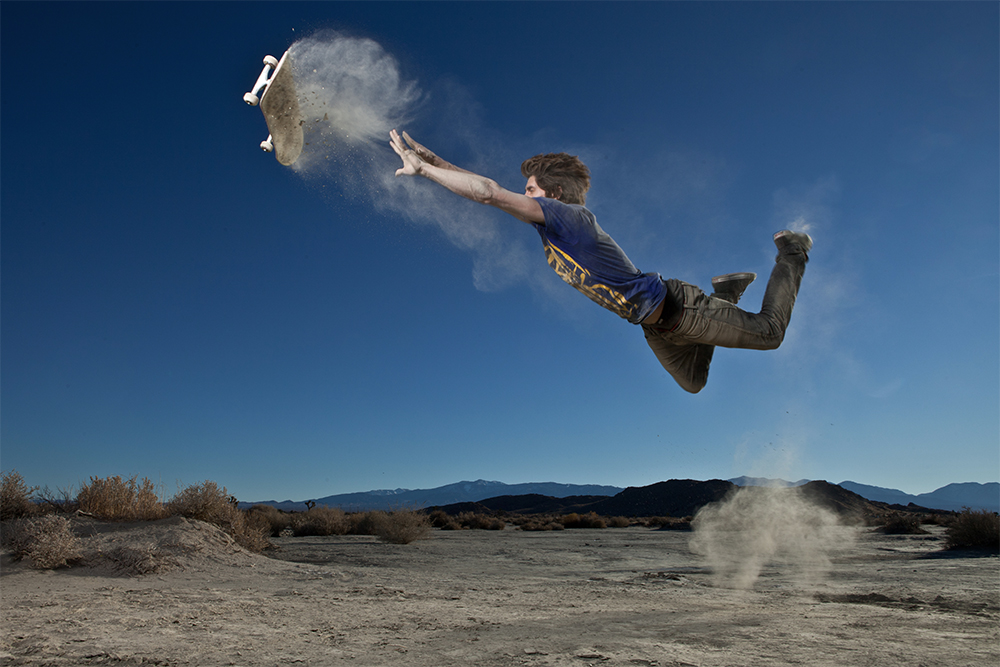





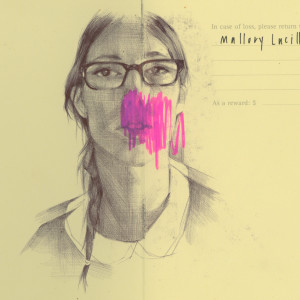
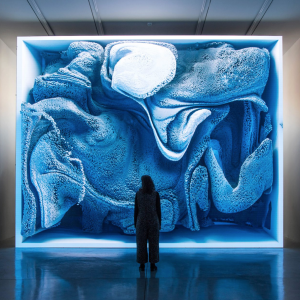
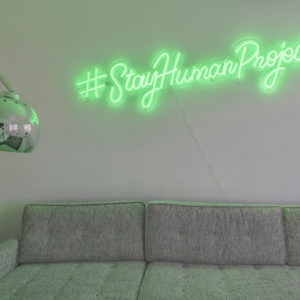
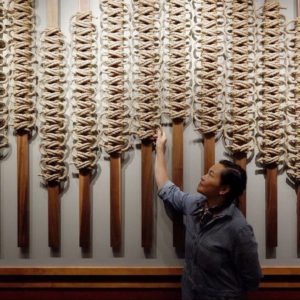
Leave a reply